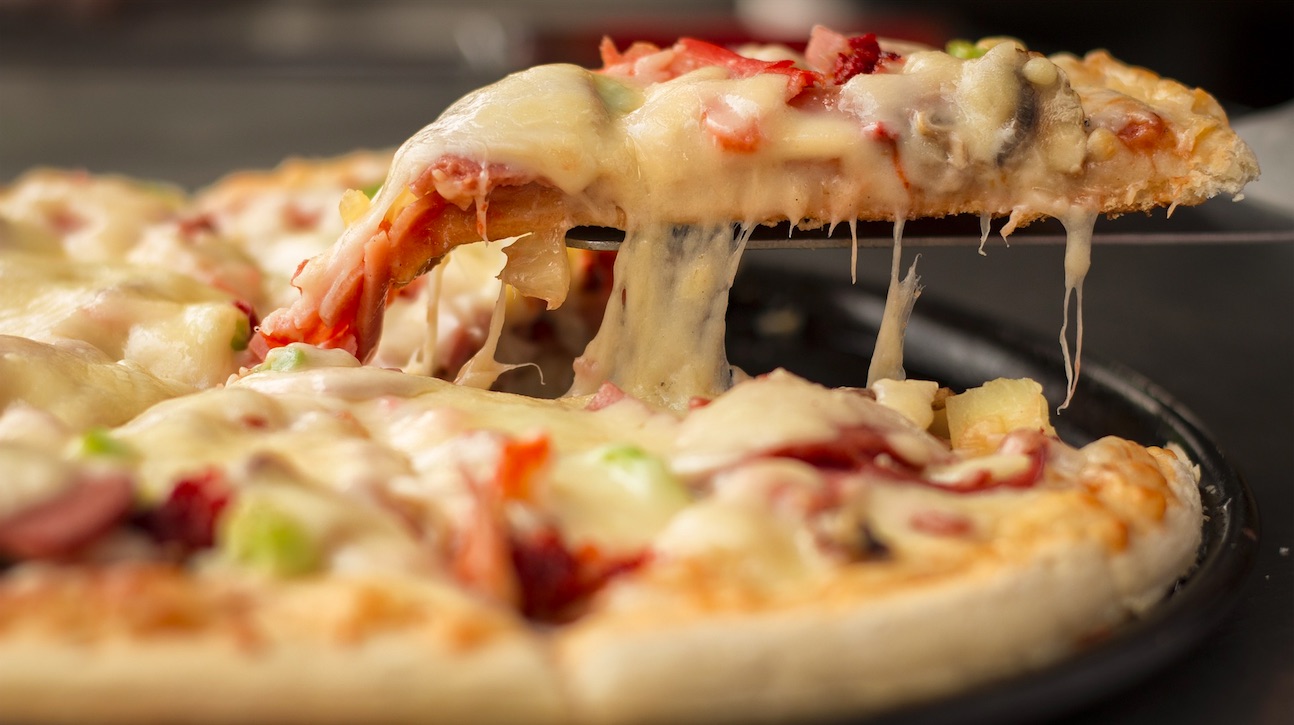They called it “Domino’s Forever.”
In (what was supposed to be) a two-month promotion, the Russian Domino’s promised a lifetime of free pizza. All you needed to get was a tattoo of their logo.
It did not quite work out as they expected.
The Free Pizza Story
Domino’s said they were overwhelmed. During the first days of the promotion, their lifetime pizza obligation far exceeded what they had expected. Abruptly, they canceled. Only if you were in the midst of getting your tattoo, you qualified. Otherwise, the offer had ended.
Two WSJ journalists explained that Russians liked freebies. Blaming the Soviet period when food was in short supply and lines lasted forever, they said that Russians liked “a good deal.” They quoted a woman who said, “Who doesn’t want free food?”
According to behavioral economists, the answer is all of us.
Our Bottom Line: The Free Phenomenon
There is more to free than paying nothing because the idea gives us pleasure. Or, as economists, we would say that “free” adds to an item’s utility. When something is free, people tend to overreact.
Behavioral economist Dan Ariely demonstrated the impact of “free” in an experiment that he described in Predictably Irrational.
In Round One, his participants had two alternatives:
- They could select a Hershey’s Kiss for a penny.
- They could pay 15 cents for a Lindt Truffle.
For Round Two, the price of each item went down by a penny:
- The Hershey is free.
- The Lindt Truffle is 14 cents.
At first, 73% of the participants chose the tastier Lindt. But once the Kiss was free, its popularity soared to 69% while the demand for the Lindt plummeted. (We had a change in demand because “free” changed each sweet’s utility.) Then again tweaking the prices, they started at 2 cents for the Hershey and 27 cents for the Lindt. This time, a penny decrease in price for each made little difference.
According to traditional economic theory, a lower price should increase the quantity demanded. Since it was just a penny, the quantity would be small. Zero though is not just another normal price.
For chocolates and pizza, zero can make demand soar.
My sources and more: Sort of like a jigsaw puzzle, three pieces formed a complete picture of “free.” WSJ alerted me to the Domino’s free pizza story and Dan Ariely’s Predictably Irrational had much more about “free.” Lastly, this Ariely/Shampanier paper was perfect for the academic perspective.
This post was edited after publication. Decrease was changed to increase the quantity demanded. Sorry for the original typo involving a key economic concept.






